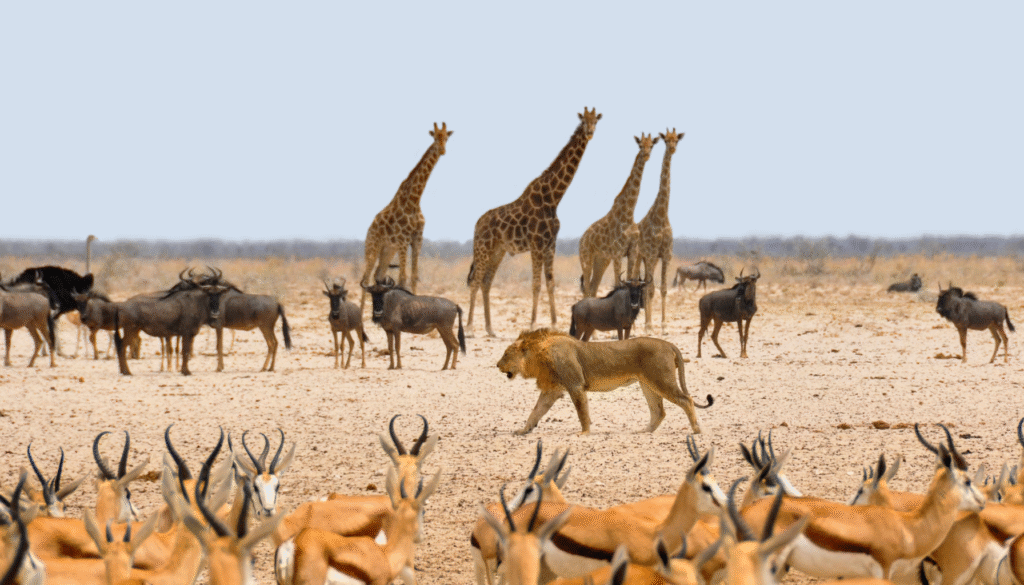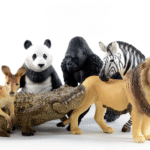The animal kingdom is a vast universe filled with adaptations, unusual behaviors, and abilities that challenge our understanding of life. Below, you’ll discover five astonishing facts that reveal just how incredible nature can be.
1. Octopuses “dream” during REM sleep
Recent studies suggest that octopuses enter a stage of “active sleep” similar to the human REM phase. This is indicated by rapid color changes, muscle contractions, and eye movement. During this state, their skin displays complex patterns that seem like imagined scenes—suggesting that they might actually be dreaming.
Octopuses are also masters of camouflage, possess three hearts, and can regenerate lost limbs. It’s no wonder they’re considered some of the most intelligent invertebrates on the planet.
2. Giraffes sleep only about 2 hours a day
Despite their size, giraffes are among the least sleep-dependent mammals. On average, they rest for just two hours a day, often in short naps lasting only minutes. This minimal sleep is an evolutionary strategy to remain alert and reduce vulnerability to predators in open savannahs.
Interestingly, baby giraffes tend to sleep a bit more, often curling their necks in a position that makes them look like gentle giants in repose.
3. In seahorses, it’s the males that get pregnant
If you thought pregnancy was exclusive to females, seahorses will prove you wrong. In this species, males carry the developing offspring. The female transfers her eggs to a pouch on the male’s abdomen, where he fertilizes and nurtures them until birth.
During gestation, the male provides oxygen, nutrients, and hormonal support—just like many mothers in other species. When it’s time, he goes into labor and gives birth to dozens (or even hundreds) of tiny seahorses.
4. Owls hear in 3D thanks to asymmetrical ears
Owls are well-known for their night vision, but their hearing is equally impressive. One ear is positioned slightly higher than the other, allowing them to detect the precise direction and distance of sounds—even in complete darkness.
This asymmetrical setup creates a form of three-dimensional hearing. Combined with their silent flight, owls are truly stealthy predators of the night.
5. Elephants recognize themselves in mirrors—and mourn their dead
Elephants are among the most intelligent creatures on Earth. They’ve been observed recognizing themselves in mirrors, which indicates a high level of self-awareness—a rare trait shared with dolphins, great apes, and some birds.
Even more moving is their response to death. Elephants are known to touch the bones or bodies of deceased relatives with their trunks, and they often stay near the site for hours or revisit it later—clear signs of mourning and emotional depth.
🌍 Why These Facts Matter
These amazing facts show that intelligence, emotion, and advanced behavior aren’t uniquely human. They demonstrate evolutionary complexity and social awareness across a wide range of species. Learning about this can expand our empathy for animals and deepen our respect for biodiversity—especially important in today’s conservation era.



